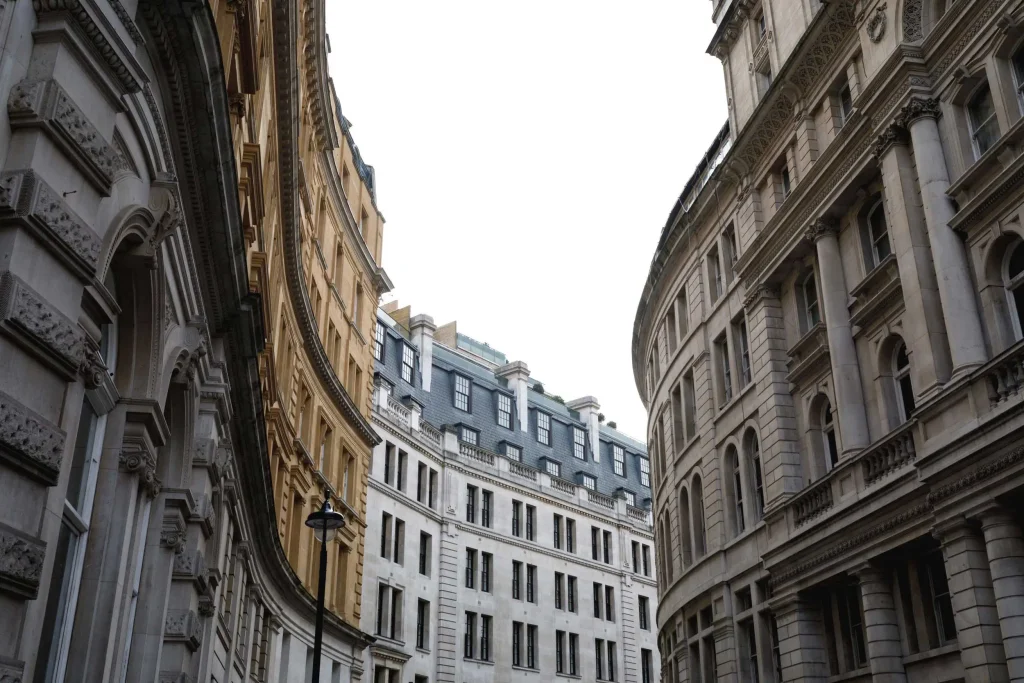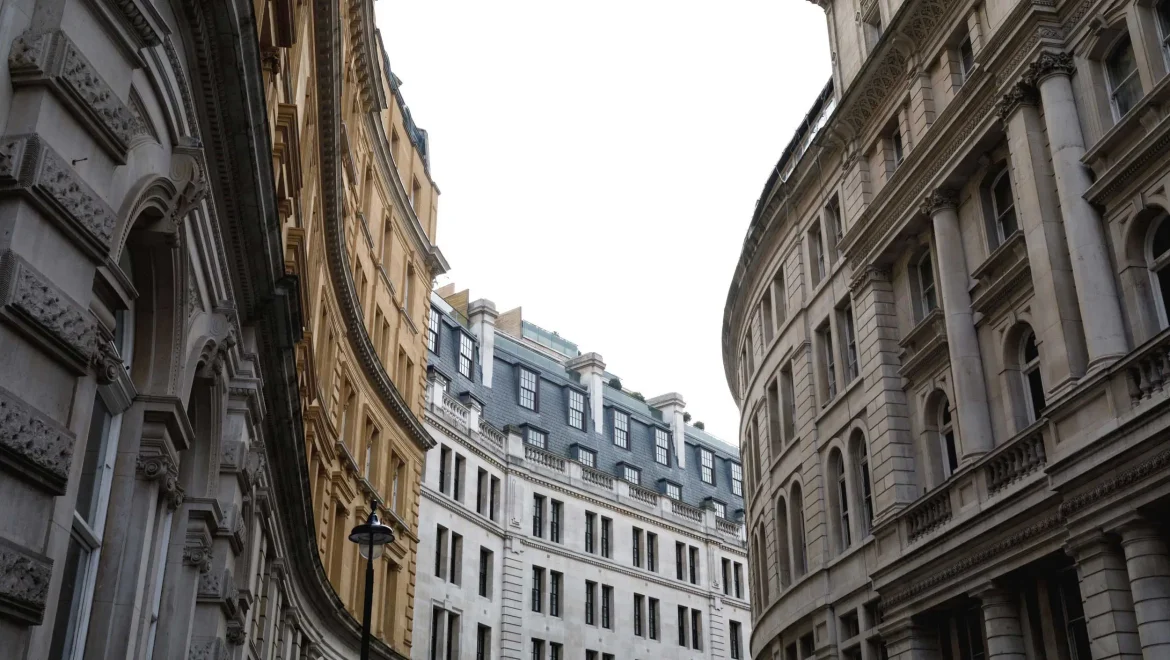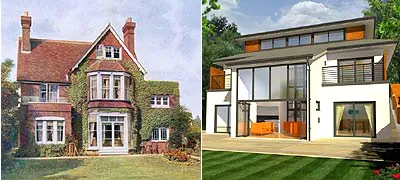The Resurgence of Traditional Architecture in the Modern World
In a world dominated by sleek skyscrapers and avant-garde designs, there’s a growing yearning for the timeless beauty and cultural significance of traditional architecture. The allure of historical aesthetics, craftsmanship, and a sense of rootedness has sparked a renewed interest in traditional architectural styles. What if, in the midst of our technologically-driven era, traditional architecture were to make a resounding comeback? Let’s explore the possibilities and the potential reasons behind such a resurgence.
Nostalgia and Cultural Identity:
In an age where globalization tends to homogenize the physical landscape, people are increasingly seeking a connection to their cultural roots. Traditional architecture serves as a tangible reminder of history and heritage, fostering a sense of belonging and identity. Imagine strolling through streets lined with intricately designed buildings that tell the story of a community’s past, a testament to the enduring spirit of a place.
Sustainability and Eco-Friendly Practices:
Modern architectural practices often prioritize functionality and efficiency, sometimes at the expense of sustainability. Traditional architecture, with its reliance on local materials and time-tested building techniques, offers an eco-friendly alternative. The use of natural materials not only reduces the carbon footprint but also promotes a harmonious relationship between architecture and the environment.
Craftsmanship and Artisanal Excellence:
The intricate details, ornate carvings, and meticulous craftsmanship of traditional architecture are unparalleled. In a world where mass production often prevails, the revival of traditional building methods could lead to a resurgence of artisanal excellence. Skilled craftsmen might once again take center stage. Contributing to a renaissance of handmade, bespoke structures that stand as works of art in their own right.
Human-Scale Design and Community Integration:
Traditional architecture often prioritizes human-scale design, creating spaces that are intimate and community-oriented. In contrast to the vast expanses of concrete and steel, traditional designs encourage social interaction and a sense of community. The revival of these architectural styles could usher in a new era of city planning that places people at the forefront, fostering a sense of connection and shared spaces.
Adapting Tradition to Modern Needs:
One of the key challenges in embracing traditional architecture is its compatibility with modern lifestyles. However, architects and designers are increasingly exploring ways to blend the best of both worlds. Imagine a cityscape where historic facades conceal cutting-edge technology and sustainable infrastructure—a seamless fusion of tradition and modernity.
Conclusion:
The resurgence of traditional architecture isn’t just about a longing for the past. It’s a movement toward creating a more meaningful and sustainable future. As we navigate the complexities of the modern world, there’s a growing recognition that the wisdom embedded in traditional architectural styles can enrich our lives in profound ways. Whether driven by a desire for cultural preservation, a commitment to sustainability, or a yearning for human-centric design. The revival of traditional architecture could very well be a blueprint for a more harmonious and aesthetically pleasing urban landscape.









